WHALE WATCHING & MISSION (Day 7 - part 6)
We had some lunch to the tunes of a lively steel drum band, then moved our margarita to a table overlooking the water.
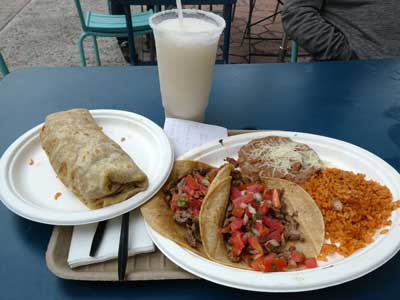


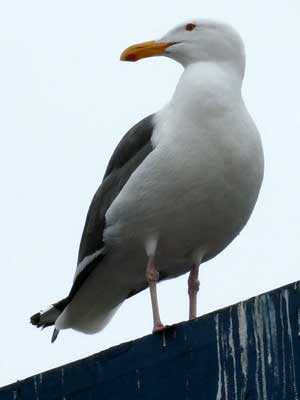
Overlooking the Shorebird restaurant ... and a bird overlooking the shore!


Fancy (and sometimes loud with radio blaring) cyclists pedalled slowly about.




Other objects of interest
We followed the boardwalk towards Tuna Harbor and found ourselves on the Greatest Generation Walk. The term refers to the generation that lived through the Great Depression and fought in World War II.


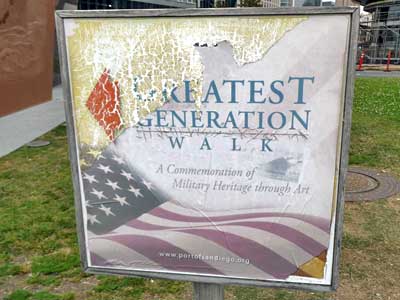
The first monument we came upon was the USS San Diego Memorial which honors the World War II Navy cruiser USS San Diego (CL 53) and its crew. Built by Bethlehem Steel in Massachusetts, the ship was launched in July 1941 and decommissioned in November 1946.


The 28-foot walls were polished granite and terra cotta.
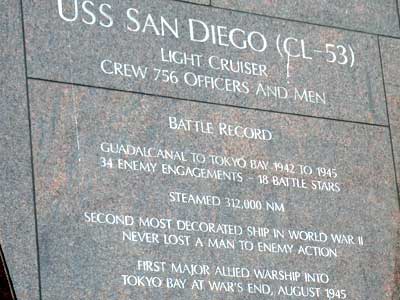

During its lifetime, the ship participated in 34 major battles, earned 18 battle stars and traveled 300,000 miles. It was first major Allied warship to enter Tokyo Harbor for the signing of the Japanese surrender. But most impressively, it never lost a single member of its crew to enemy action.

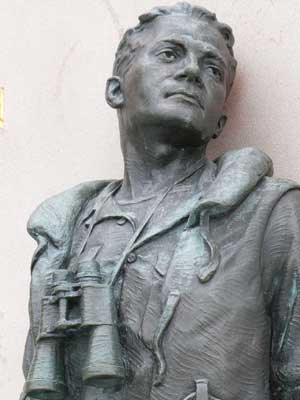
The life-sized cast bronze sculpture of a sailor


On the ground, the ship’s travels in the South Pacific were marked with inlaid brass strips. The stars marked the places of battles and engagements.
By 1941, the U.S. canned tuna industry was located almost exclusively in Southern California, and canners received most of their supply from baitboats (boats using live bait to lure tuna into a feeding frenzy and then capture them using bamboo poles). These large ships (which became known as Tuna Clippers) had powerful diesel engines and refrigeration, allowing them to journey thousands of miles on trips of 90 days or longer. When Pearl Harbor was attacked, numerous fishing vessels were taken by the military, including several dozen of these Clippers. They became the "errand boys" of the Pacific, carrying cargo, fuel and war supplies as well as patrolling.


The USS Midway (CV-41) is an aircraft carrier that now serves as a museum. Commissioned 8 days after the end of WWII, it was the largest warship in the world until 1955. It operated for 47 years, serving in Vietnam and the Persian Gulf. It was decommissioned in 1992.

It is 1,001 feet long and 258 feet wide. It supported 4,300 crew members and 200 aviators, and could carry up to 80 planes.


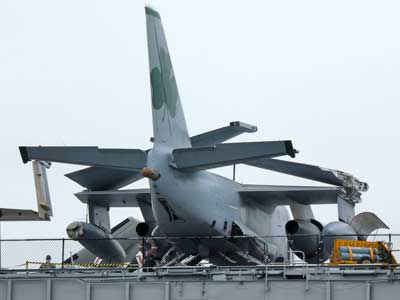
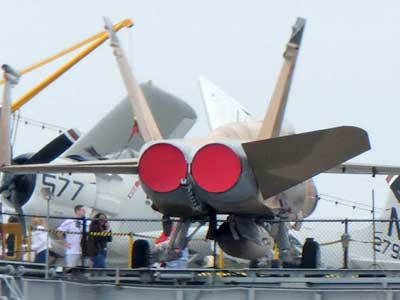

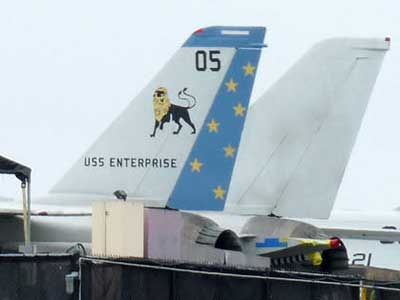



Size comparison
Admiral Clifton Albert Frederick "Ziggy" Sprague (1896 - 1955) led the 6 slow escort carriers and 7 small vessels of Task Unit 77.4.3 (known as Taffy 3) in a battle against a vastly superior Japanese fleet of battleships, heavy cruisers and destroyers on 25 October 1944 near Samar Island in the Philippines. His pilots even made dry runs after their ammunition ran out. "If we can get the enemy task force to attack us, we can delay its descent on Leyte until help comes, though obviously the end will come sooner for us." His aggressiveness bewildered the Japanese and they eventually turned away from their intended target, although many of the American ships were sunk or damaged. Admiral Sprague survived the Battle of Leyte Gulf and was awarded the Navy Cross for his heroic action and outstanding leadership.


In the background are 13 granite panels representing each ship.
Embracing Peace is a sculpture by Seward Johnson depicting one of the most famous photos celebrating the end of WWII in New York City's Times Square. After being exhibited in Florida, a plastic copy of the statue was moved here in 2007. It was just on temporary loan, but San Diego fell in love with it. So in 2012, a permanent bronze replacement was made and bolted into place in 2013.

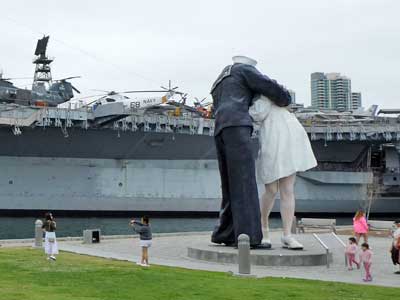
The statue is 25 feet tall.
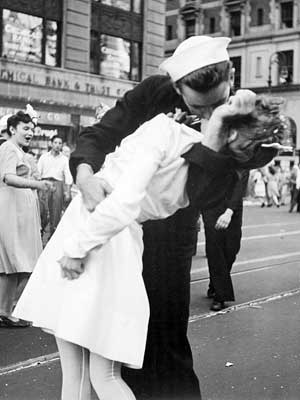
The photo

The USS Midway makes the perfect backdrop.




The back seam found on stockings were due to the fact that they were knitted essentially as a tube that wrapped around the leg. It wasn’t until the mid-1800s, with the development of a circular knitting machine, that the first seamless stockings were created. Better-fitting seam-free stockings started being made in 1949 but didn't become popular until the mid 1960s.
The National Salute to Bob Hope and the Military, dedicated in 2009, honors the famous comedian noted for traveling to entertain the troops. 15 life-sized bronze statues are enjoying his performance. Each one wears a different military uniform from World War II, the Korean War, the Vietnam War and the Gulf War. They depict fighter pilots, infantry, sailors, mechanics, paratroopers, machinists, Marines, Coast Guard, medics, nurses and more. Bob started performing USO events in 1941 and died in 2003 at age 100.

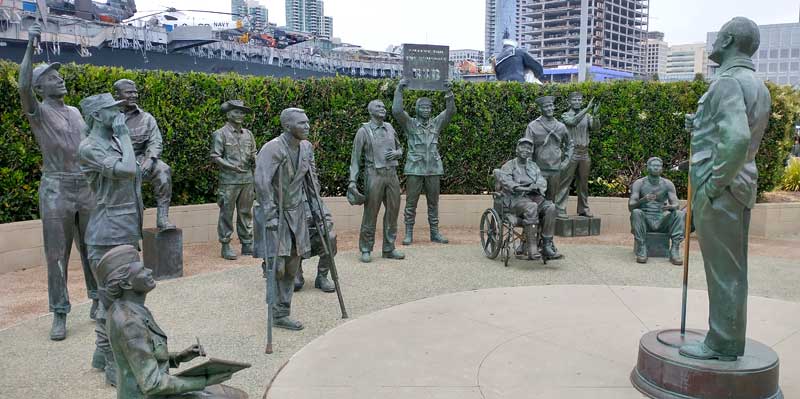
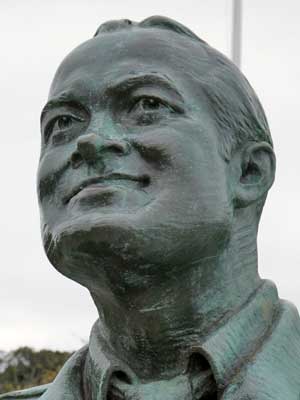

Bob's famous quirky smile ... Loudspeakers broadcasted some of his most notable skits.
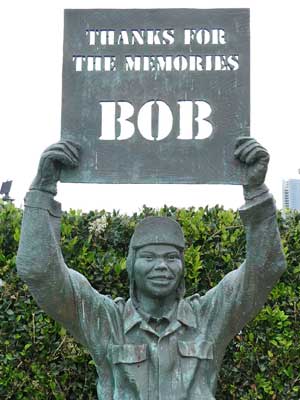

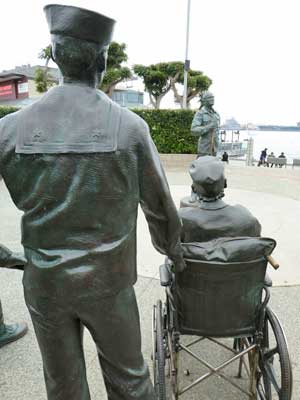





Real names, real people
As dusk began to fall, we made our way back to the hotel.


(right) The trolley light rail
return • continue

